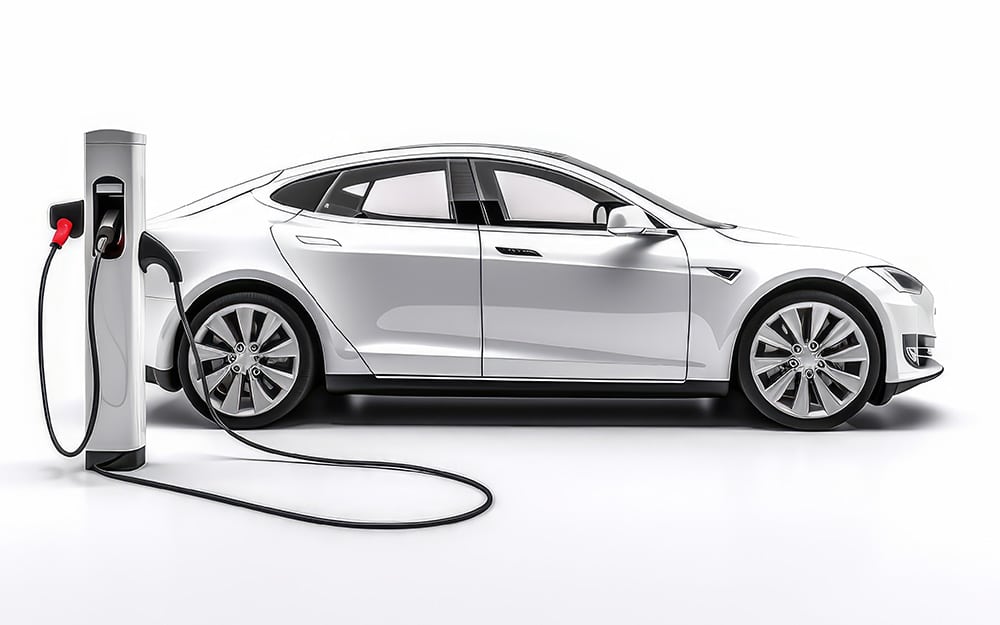The Green Standard
The Green Standard
Realizing a Low-Carbon Economy

stock.adobe.com / Elnur
Business leaders and politicians across the globe are increasingly focused on the importance of creating a low-carbon economy. In his annual letter to CEOs this year, Larry Fink, Chairman and CEO of the world’s largest asset manager, BlackRock, stated that “the decarbonizing of the global economy is going to create the greatest investment opportunity of our lifetime” while pushing for “governments to provide clear pathways and a consistent taxonomy for sustainability policy, regulation, and disclosure”. Political leaders are also making strong statements related to the low-carbon transition. Since starting his term last year, President Joe Biden has committed to achieving a net-zero economy by 2050.
These statements are now supported by more than words. According to Morningstar, as of May 2022, over $2.7 trillion in assets are held in sustainable investment funds. In addition, in November 2021, President Biden signed a bipartisan infrastructure bill into law, which includes $7.5 billion for electric vehicle charging, $7.5 billion for electric buses and billions more to support the transition to a low-carbon economy in other ways.
It’s critical that as the vision for a low-carbon economy transitions into well-resourced execution strategies, practitioners with the relevant expertise are engaged. This is perhaps most important in the transportation sector, which accounted for 31% of net emissions in the United States in 2021. Decisions about where electric vehicle charging stations are installed, which innovative technologies and business models received funding, and how these disparate pieces fit together will have big impacts on how effectively we transition to a low-carbon economy. They will also shape how well cities and communities facilitate access and mobility in the years to come.
“It’s vital that we are thoughtful about both which charging technologies we install and where we install these technologies. We also need to ensure that we don’t lose sight of existing TDM strategies that have been successful,” says Brian Shaw, CAPP, Executive Director of Transportation at Stanford University and Co-chair of IPMI’s Sustainability Committee. “There’s a lot of positive momentum behind the transition to more sustainable mobility networks. As a community, we at IPMI have an important role to play in ensuring this momentum results in outcomes that best serve our customers and the planet.”
Ensuring that parking and mobility professionals have a seat at the table when decisions are made about how to best achieve climate goals can be very impactful. The U.S. Green Building Council, which owns and maintains LEED, the most widely used green building rating system in the world, places an emphasis on how buildings it certifies interact with surrounding transportation networks. As the organization assesses how to refine its next iteration of LEED, they have sought out the expertise of IPMI’s membership.
“Buildings constructed today will be here for decades,” says Kurt Steiner, Associate Director at the U.S. Green Building Council. “Understanding how these buildings will impact mobility systems in the years to come is critically important to realizing the outcomes we seek with LEED. Having the opportunity to engage with IPMI members as we work to improve our rating system has been invaluable. It provides us a perspective we simply don’t have.”
Contributing to the development of LEED is just the tip of the iceberg in terms of the impact that IPMI members can have as we seek to build a greener economy. Businesses, governments, and philanthropic organizations all recognize that a new approach to parking and mobility will be a linchpin of the low-carbon economy. While many of these organizations have resources and amazing insights that can help make low-carbon mobility a reality, we must ensure that the perspectives of parking and mobility professionals are incorporated into the new solutions that are developed and invested in.
As you assess new mobility solutions and test climate friendly technologies, I’d encourage you to share your questions, insights, and experience with the IPMI community through the IPMI Forum. Through collaboration we can learn best practices from one another and identify effective strategies for sharing these insights with important stakeholders outside our community.
Trevyr Meade, LEED GA is a program manager with the Green Business Certification Inc. (GBCI) and is a member of IPMI’s Sustainability Committee and the Mobility Task Force.
-
Trevyr Meade, LEED GAhttps://parking-mobility-magazine.org/author/trevyr-meade-leed-ga/April 8, 2022

Electric Vehicle Charging Operations Research
Preliminary Results

Exploring the Power of Smart Parking
An Ally for a Greener Tomorrow

Get to the Point
Linking Multimodal Connections





